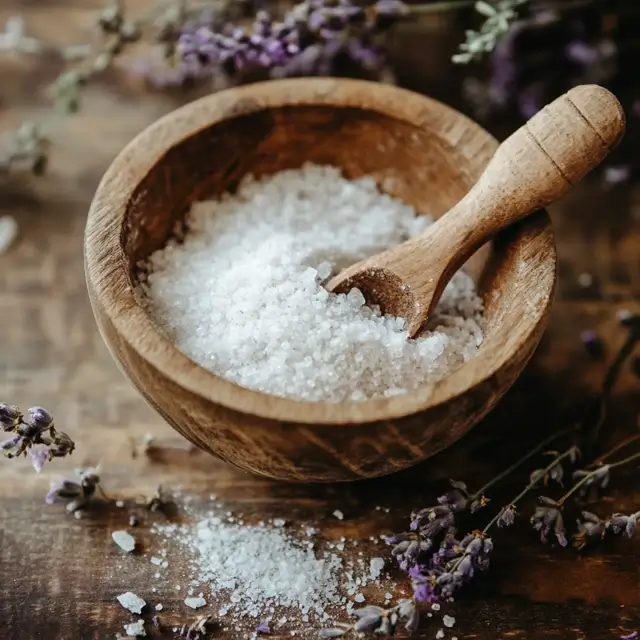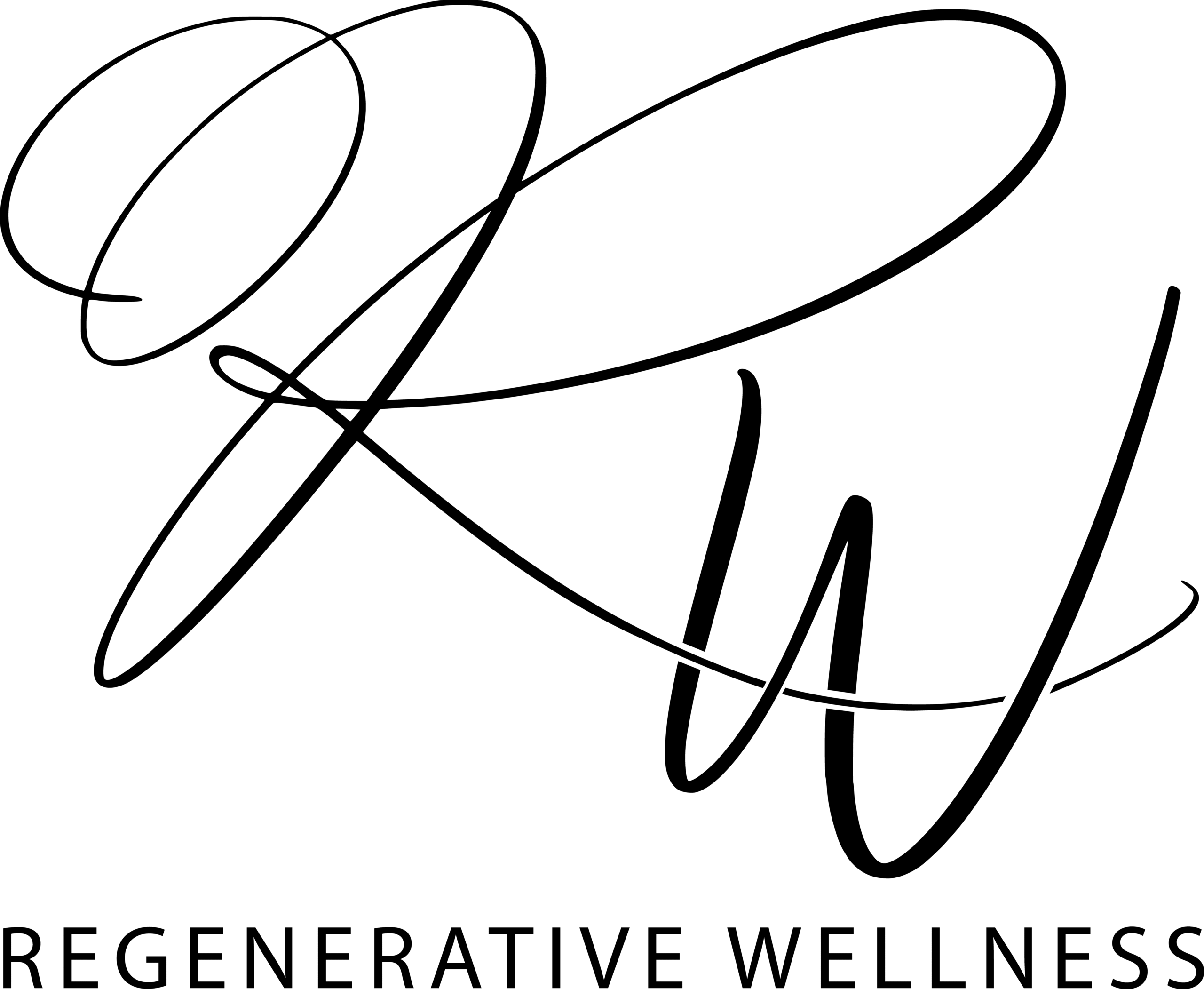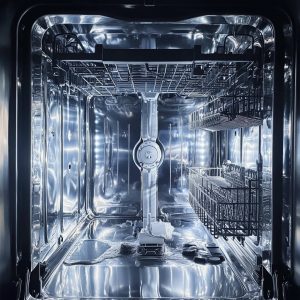
When it comes to household cleaning products, understanding pH levels in cleaning can help you make more effective and eco friendly choices. The pH scale ranges from 0 to 14, with acidic substances falling below 7, neutral substances at 7, and alkaline substances above 7. Each cleaning product performs best within a certain pH range, which influences its effectiveness on various types of grime and residue.
Below is a guide to the pH levels of natural cleaning ingredients, their properties, and their best uses.
pH Levels, Properties, and Uses of Common Cleaning Products
1. Epsom Salts (Magnesium Sulfate) – pH ~5.5-6.5 (Slightly Acidic to Neutral)
- Properties: A naturally occurring mineral compound with mild acidity. Epsom salts dissolve easily in water and help break down residue and build-up.
- Best Uses:
- Epsom salts cleaning: Effective scrub for tile grout when mixed with water.
- Washing Machine Cleaner: Removes detergent and mineral deposits.
- Fertiliser: Provides magnesium for nutrient-hungry plants.
- Storage: Airtight container in a cool, dry place.
- Shelf Life: Indefinite if kept dry.
2. Washing Soda (Sodium Carbonate) – pH ~11 (Highly Alkaline)
- Properties: Strongly alkaline, softens water and breaks down grease.
- Best Uses:
- Washing soda cleaning: Laundry booster and stain remover.
- Degreaser: Excellent on stovetops and oven grease.
- Soap Scum Remover: Dissolves limescale.
- Storage: Keep airtight and moisture-free.
- Shelf Life: Indefinite.
3. Magnesium Chloride – pH ~7-7.5 (Neutral to Slightly Alkaline)
- Properties: Mildly alkaline, water-soluble, and dust suppressing.
- Best Uses:
- Magnesium chloride uses: Dust control on floors.
- Air Purifying Sprays: Traps airborne particles.
- Storage: Cool, dry, sealed.
- Shelf Life: Indefinite.
4. Borax (Sodium Borate) – pH ~9.5 (Moderately Alkaline)
- Properties: A mineral-based natural disinfectant, deodoriser, and mild abrasive.
- Best Uses:
- Borax cleaner: Disinfects kitchen and bathroom surfaces.
- Deodoriser: Freshens carpets, bins, and shoes.
- Stain Remover: Targets protein-based stains.
- Insect Repellent: Repels ants and cockroaches.
- Storage: Sealed and dry.
- Shelf Life: Indefinite.
5. Sodium Bicarbonate (Baking Soda) – pH ~8-8.5 (Mildly Alkaline)
- Properties: A chemical free cleaning agent, gentle abrasive and deodoriser.
- Best Uses:
- Baking soda for cleaning: Neutralises odours and lifts stains.
- Gentle Scrub: For sinks, benchtops, and ovens.
- Stain Removal: Effective on coffee, tea, and wine.
- Acid Neutraliser: Balances acidic spills.
- Storage: Airtight and dry.
- Shelf Life: Indefinite.
6. Citric Acid – pH ~2 (Strongly Acidic)
- Properties: A citric acid cleaner that breaks down grease, mineral deposits, and soap scum.
- Best Uses:
- Descaler: Kettles, coffee machines, and taps.
- Bathroom Cleaner: Fights soap scum and mildew.
- Preservative: Extends shelf life of DIY cleaning products.
- Storage: Dry and sealed.
- Shelf Life: Indefinite.
7. Castile Soap – pH ~9-10 (Moderately Alkaline)
- Properties: A plant-based soap used widely in eco friendly cleaning products.
- Best Uses:
- Castile soap uses: All-purpose surface cleaner.
- Dishwashing: Cuts grease, gentle on hands.
- Personal Care: Natural shampoo or body wash.
- Shelf Life: 1–2 years.
- Storage: Cool and away from sunlight.
Limitations of Bleach as a Cleaning Agent
Bleach is often used as a household cleaning product, but comes with several drawbacks:
- Health Risks: Can irritate lungs, skin, and eyes.
- Corrosive: Damages fabrics and plumbing.
- Toxic Fumes: Dangerous when mixed with acids.
- Environmental Harm: Pollutes waterways.
- Ineffective on Porous Surfaces: Does not kill mould roots.
Better Alternatives to Bleach
- Clove oil for mould – Potent antifungal and antibacterial properties.
- Hydrogen peroxide cleaner – Disinfectant that breaks down into water and oxygen.
- White vinegar cleaning – Great for deodorising and dissolving mineral deposits.
- Tea tree oil cleaner – Antimicrobial for DIY sprays.
- Lemon Juice – Cuts grease and stains with a natural scent.
- Essential Oils – Lavender, eucalyptus, and peppermint offer natural cleaning power.
Final Thoughts
By understanding acidic vs alkaline cleaners and their appropriate uses, you can choose natural bleach alternatives and eco friendly cleaning products that are safer for your family and the environment. From DIY cleaning products made with natural disinfectants to effective natural cleaning ingredients like baking soda, vinegar, and essential oils, you’re equipped to clean smarter — and greener.
Explore different combinations to create customised cleaners that align with your values and cleaning needs.
Want to understand how pH levels also affect your skin? Check out our pH Levels Guide for Natural Skincare and Cleaning for a closer look at gentle, non-toxic ingredients that care for both your home and your body.



